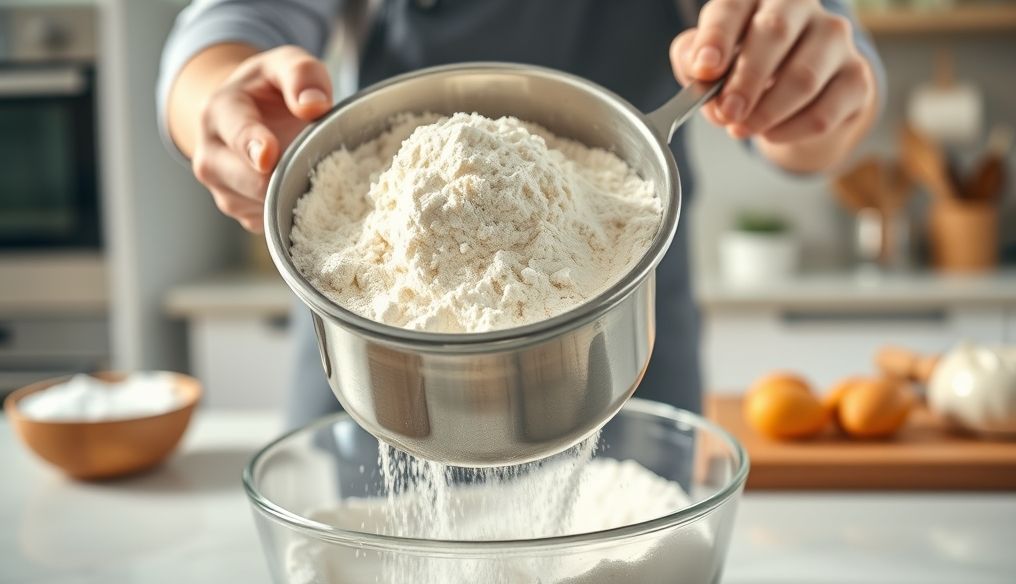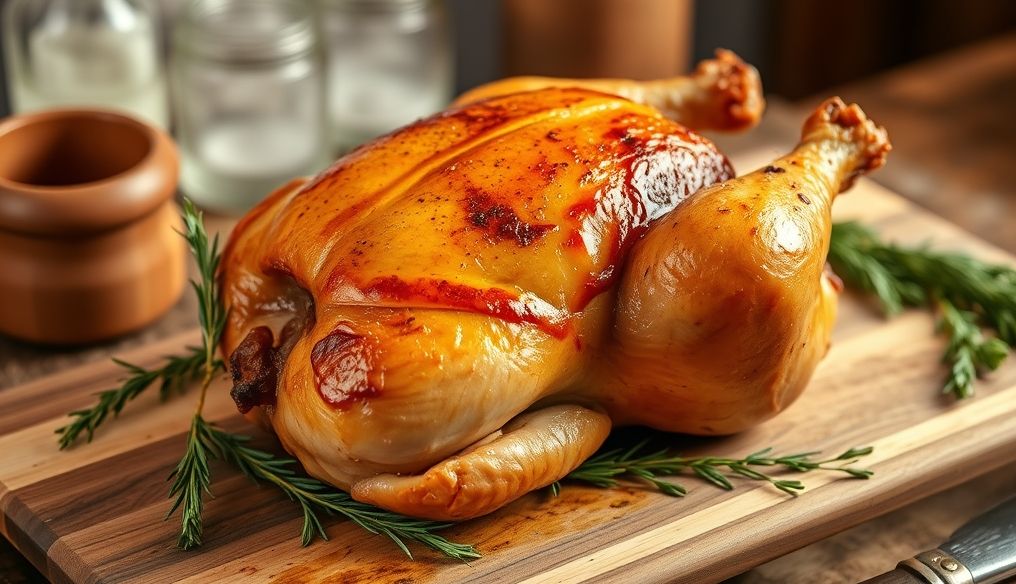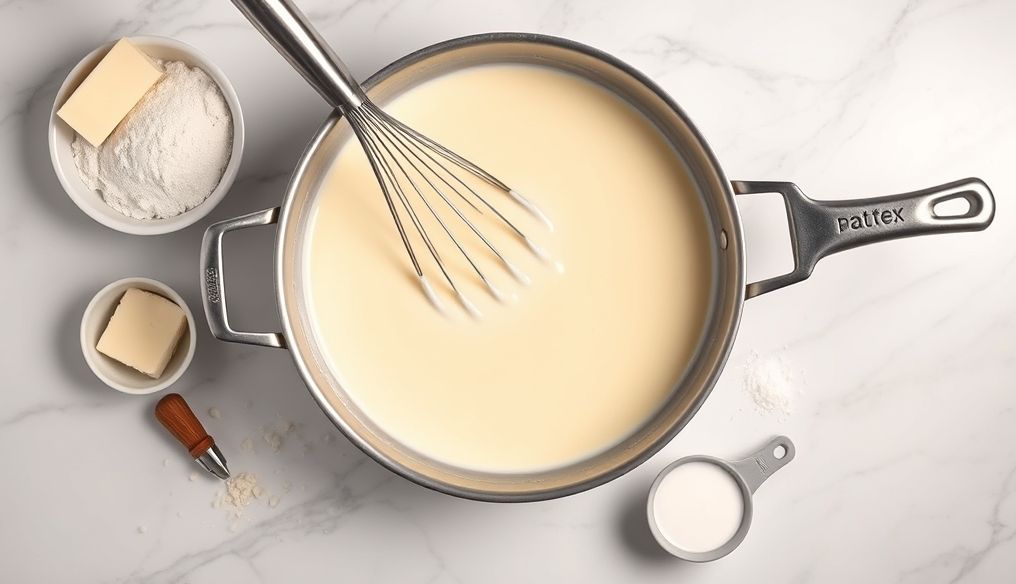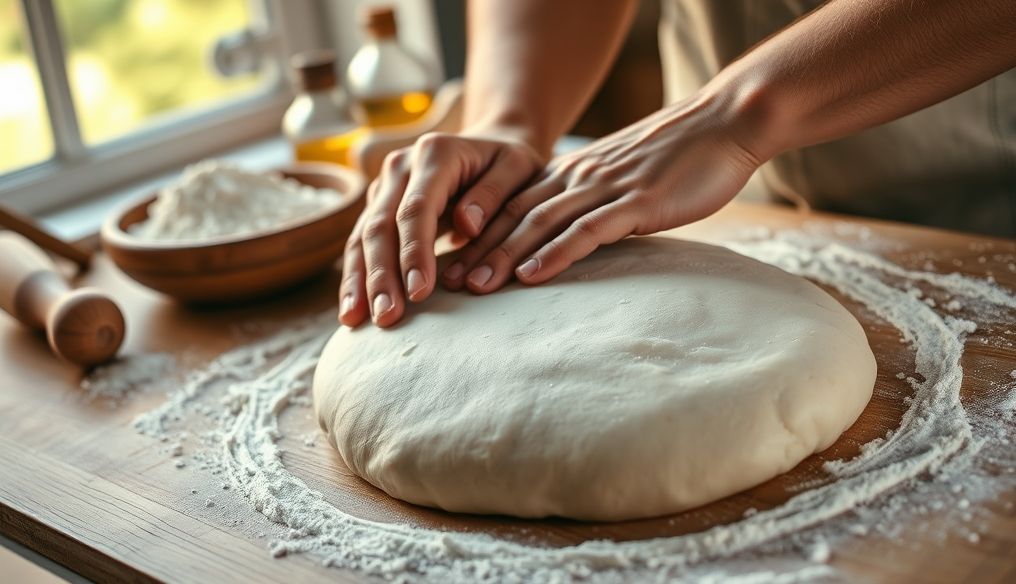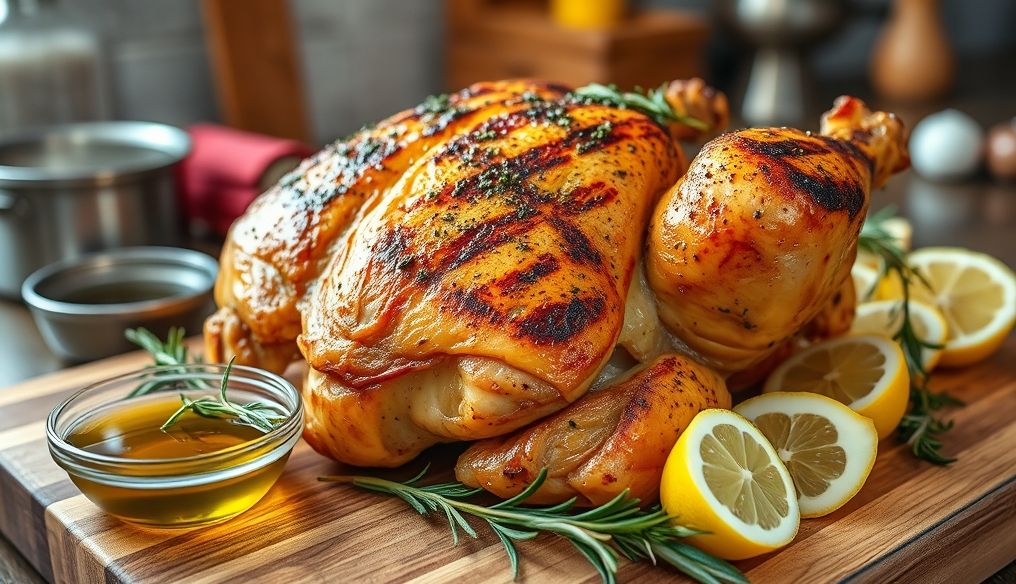Is Sifting Flour Necessary: Benefits, Drawbacks, and Impact on Baking Quality?
Sifting flour is the process of passing flour through a sieve or sifter with fine mesh. This practice is as old as baking itself and was essential in the past to remove impurities and insects from flour, which was often ground in traditional mills. But, is sifting flour still necessary in our modern era where flour is produced in large quantities and under strict control?
1. History of Flour Sifting and Its Importance in the Past
In ancient times, flour was ground manually or using mills powered by animals. This flour often contained impurities such as grain husks, insects, and even small pebbles. Sifting flour was the only way to remove these impurities and improve the quality of the flour used in baking.
In addition to removing impurities, sifting flour also helped to aerate the flour, making it lighter and easier to mix. This was especially important in baking that relies on leavening, as lighter flour rises better.
2. Benefits of Sifting Flour in the Modern Era
Although modern flour is produced under strict control, sifting flour still has some potential benefits:
- Removing Lumps: Flour may clump during storage, especially in humid environments. Sifting helps to break up these clumps and make the flour more uniform.
- Aerating the Flour: Sifting helps to introduce air into the flour, making it lighter and easier to mix. This can lead to lighter and more tender baked goods.
- Removing Small Impurities: Although modern flour is generally clean, it may contain some small impurities that may not be visible to the naked eye. Sifting helps to remove these impurities.
3. Drawbacks of Sifting Flour
Despite its potential benefits, sifting flour also has some drawbacks:
- Time-Consuming: Sifting flour takes time and effort, especially if you are baking large quantities.
- Loss of Nutrients: Sifting flour may lead to the loss of some nutrients, such as fiber, found in the bran. This is especially important if you are using whole wheat flour.
- Not Always Necessary: In many cases, sifting flour is not really necessary, especially if you are using high-quality flour that has been stored properly.
4. Impact of Sifting Flour on Different Types of Baked Goods
The impact of sifting flour on the quality of baked goods depends on the type of baked goods you are making:
- Cakes: Sifting flour is especially beneficial in making cakes, as it helps to achieve a light and airy texture.
- Cookies: Sifting flour can help to achieve crisp and tender cookies.
- Bread: In bread making, sifting flour may not be necessary, especially if you are using whole wheat flour. However, it can help to achieve a lighter and more risen bread.
- Pastries: Sifting flour is often necessary in making pastries, as it helps to achieve a smooth and uniform texture.
5. When is Sifting Flour Necessary?
There are some cases where sifting flour is truly necessary:
- If the Flour is Lumpy: If the flour is lumpy, sifting is the best way to break up these clumps and make the flour more uniform.
- If You are Using Old Flour: Old flour may contain more impurities and clumps, so sifting may be necessary.
- If You are Making Cakes or Pastries: As mentioned earlier, sifting flour is especially beneficial in making cakes and pastries, as it helps to achieve a better texture.
6. Types of Sieves Used for Sifting Flour
There are different types of sieves used for sifting flour:
- Manual Sieves: These are traditional sieves consisting of a circular frame and a fine mesh.
- Mechanical Sieves: These sieves are electrically powered and make the sifting process faster and easier.
- Sieves with a Scale: These sieves have a built-in scale that allows you to measure the amount of flour you are sifting.
7. Tips for Sifting Flour Correctly
Here are some tips for sifting flour correctly:
- Use a Sieve with Fine Mesh: Make sure the sieve you are using has fine enough mesh to remove impurities and clumps.
- Do Not Press on the Flour: Do not press on the flour while sifting, as this may push it through the sieve without removing impurities.
- Sift the Flour Directly into the Mixing Bowl: This saves you from washing an extra bowl.
- Sift the Flour with Other Dry Ingredients: You can sift the flour with other dry ingredients such as baking powder and salt, which helps to distribute them evenly.
8. Alternatives to Sifting Flour
If you do not want to sift flour, there are some alternatives you can try:
- Using a Wire Whisk: A wire whisk can be used to break up clumps in the flour.
- Sifting Flour with a Fork: A fork can be used to sift small amounts of flour.
- Buying Pre-Sifted Flour: You can buy pre-sifted flour from the store, which saves you the trouble of sifting yourself.
Conclusion: Sifting flour is not always necessary, but it can be helpful in some cases, especially if the flour is lumpy or if you are making cakes or pastries. If you are using high-quality flour that has been stored properly, sifting may not be necessary. Ultimately, it depends on your personal preferences and the type of baked goods you are making.
